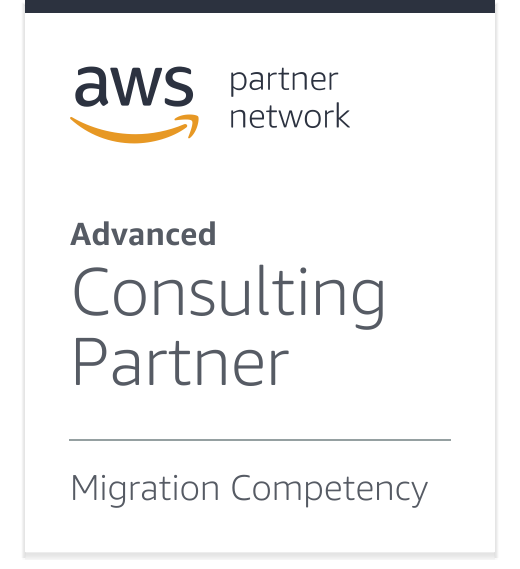1. Rehost (“lift and shift”)
In a large legacy migration scenario where the organization is looking to quickly implement its
migration and scale to meet a business case, we find that the majority of applications are rehosted.
Most rehosting can be automated with tools such as AWS SMS although you may prefer to do this manually
as you learn how to apply your legacy systems to the cloud.
You may also find that applications are easier to re-architect once they are already running in the
cloud. This happens partly because your organization will have developed better skills to do so and
partly because the hard part - migrating the application, data, and traffic - has already been
accomplished.
